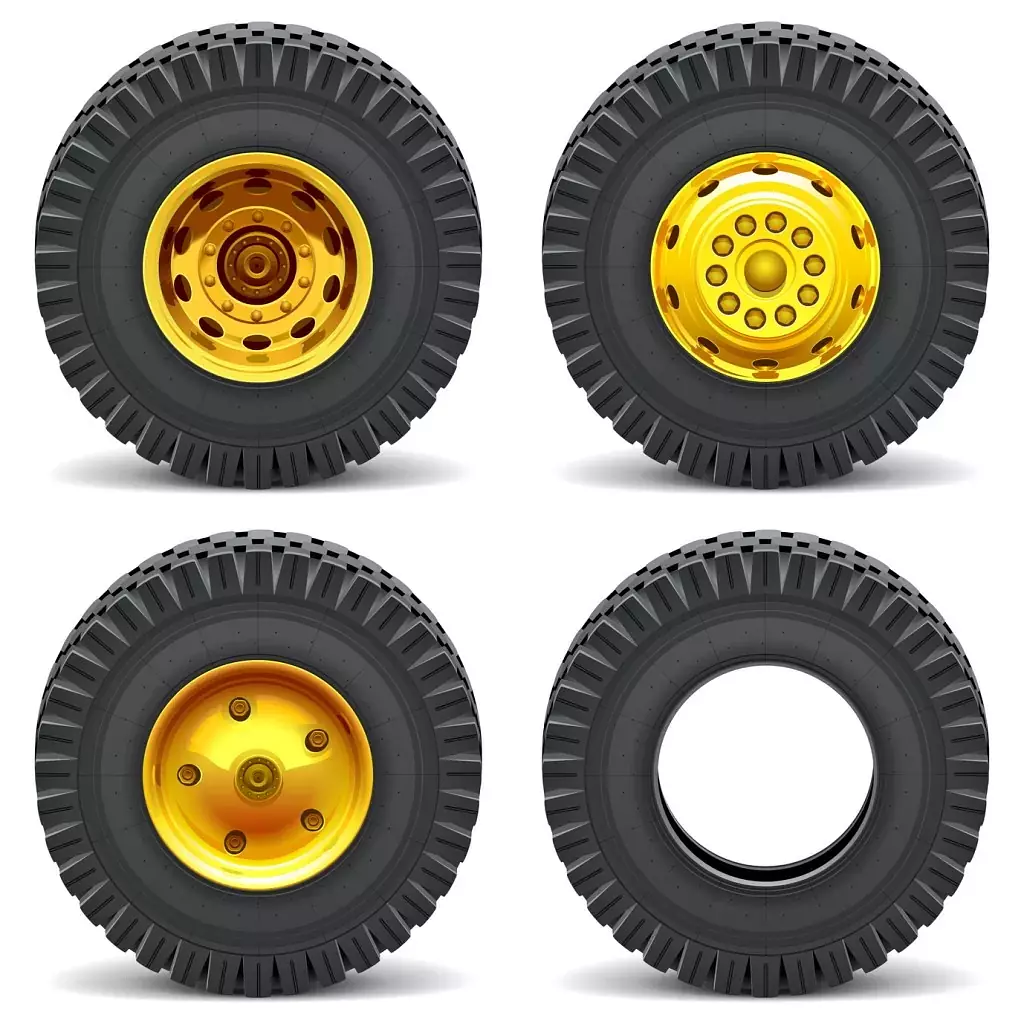 Forklift tires are a necessity, but they can also become a liability and commodity as much as they are a rudiment of any material handling operation. According to Inddist, 85% of tires are replaced with 25% of its life remaining. Continuing such practices can drive up the cost of each product for its lifespan and minimizes value in terms of usage. The good news is there are many cost modelling exercises and strategies you can take to limit such a situation from materializing. Calculating difference between cost and price, educating fleet managers and evaluating return on investment are three proven ways you can make the most of your forklift tires and be assured you are not changing them too early. Here is how:
Forklift tires are a necessity, but they can also become a liability and commodity as much as they are a rudiment of any material handling operation. According to Inddist, 85% of tires are replaced with 25% of its life remaining. Continuing such practices can drive up the cost of each product for its lifespan and minimizes value in terms of usage. The good news is there are many cost modelling exercises and strategies you can take to limit such a situation from materializing. Calculating difference between cost and price, educating fleet managers and evaluating return on investment are three proven ways you can make the most of your forklift tires and be assured you are not changing them too early. Here is how:
Calculate Difference Between Cost and Price
There is a difference between cost and price as the two terms are not interchangeable by any means. Price is derived from how much you pay for the tire. Cost is the amount of funds required to keep the tire in proper working order and condition. While the up-front price of a tire may be lower compared to competitors, longevity is a great measure of the cost of the tire. For example, one tire may cost $150 but may only last 3 to 5 years in terms of life. Some tires can last up to 10 years if they are well maintained and not overused over their span. Such tires may cost another $100 hypothetically but given the fact you may get up to seven years out of this tire potentially, it will essentially pay for itself. These considerations must be made in the preliminary stages when replacing any forklift tire.
2) Educate Fleet Managers – Educating fleet managers on what to look for and how to determine when it is appropriate to replace a tire is influential. Providing fleet managers with the appropriate resources to master the supply chain and derive methodologies to determine lifespan on a tire promotes sustainability and assures tires are changed at the appropriate time in the most conducive intervals. In many instances, manual assessments lead to tires sometimes being changed 3% after their recommended usage lifespan. Almost always the mode of assessment for treads is a commonly misconstrued component of this phenomenon. Many apply techniques found in the automotive industry to solid industrial tires found on forklifts. However, this is a fallacy as this is not an appropriate way to gauge wear as the material is entirely differently. As a result, tires are most likely being replaced too early so educating fleet managers on this mistake is imperative.
3) Evaluating Return on Investment – In many ways this aligns with the first point of our article. However, evaluating return on investment is determined after the replacement is executed and can be utilized for future scenarios. The term Operating Cost Per Hour is a key term worth remembering here. Conforming to organizational standards in terms of this performance indicator is an excellent standard when approaching timeframes of tire replacement. If you fail to meet these figures, chances are you are replacing tires too early.
